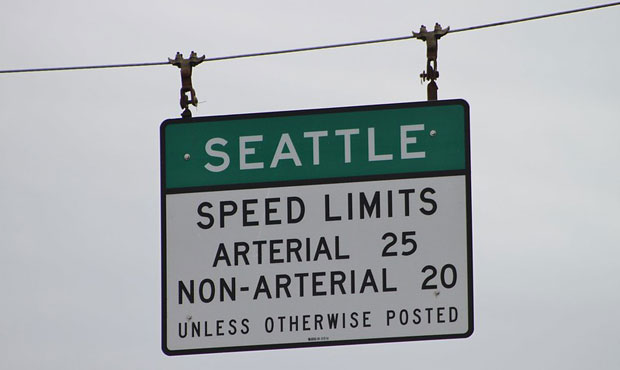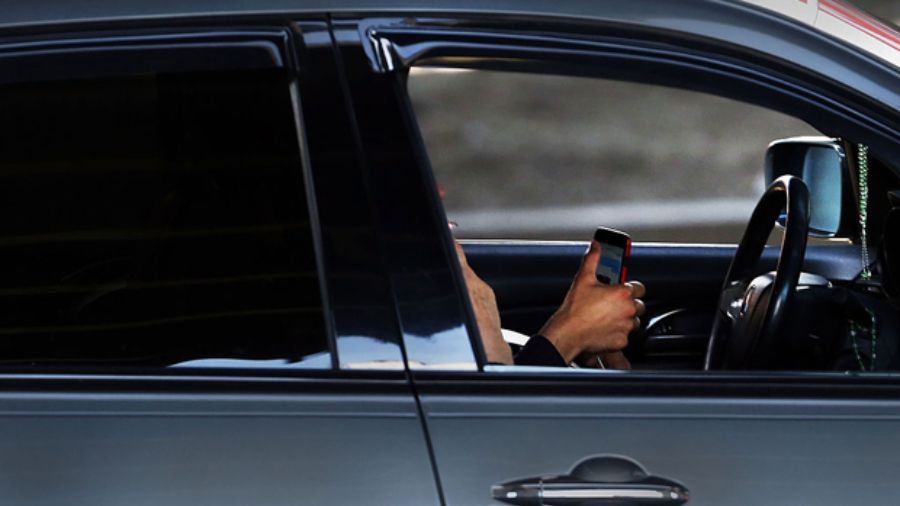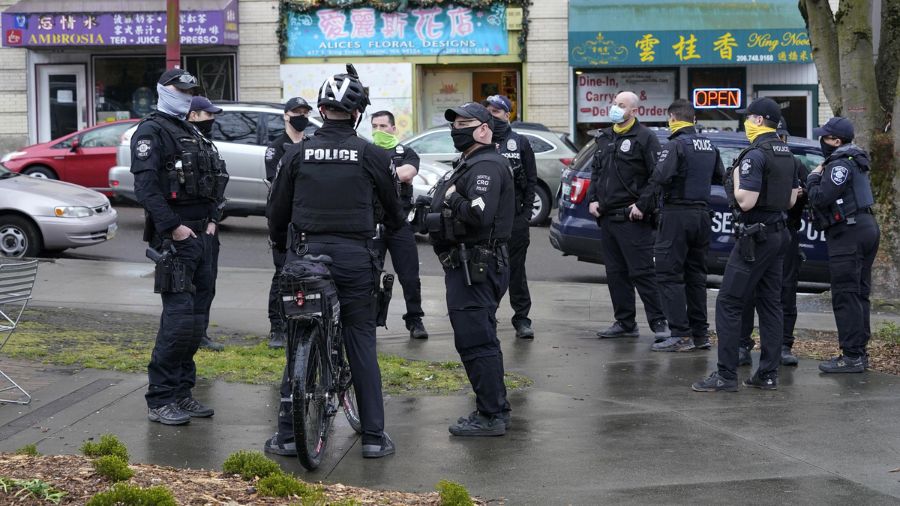Seattle to lower speed limits citywide on arterial streets
Dec 10, 2019, 11:12 AM

Seattle's speed limits are changing. (Sounder Bruce, Flickr Creative Commons)
Seattle Mayor Jenny Durkan announced Tuesday that speed limits across all of the city’s arterial streets will be lowered to 25 miles per hour.
Where do Seattle’s police write the most speeding tickets?
The decrease will affect roughly 80 percent of the city’s streets, affecting high-traffic, dangerous areas like Rainier Avenue.
According to The Seattle Times, the Seattle Department of Transportation will install between 2,000 and 3,000 new signs denoting the new 25 mile-per-hour speed limit over the next year and a half. The project will cost approximately $1 million, and will span almost every arterial in the city.
The city had started this process in 2016, when it lowered the default speed limit on unmarked arterials and downtown streets to 25 miles per hour. That still left many other arterials with speed limits as high as 45 miles per hour, something addressed by this latest decrease.
SDOT will also look to ensure better safety on roads like Lake City Way and Aurora Avenue, following a tragic last few weeks on Aurora.
“I think all of us had broken hearts over the holiday when we saw more people killed on Aurora Avenue,” said Durkan. “We have to make that thoroughfare safer.”
The real reason Seattle will lower speed limits to 20 mph
That being said, Seattle will need to get permission at the state level before speed limits on Lake City Way and Aurora can be lowered.
Additionally, the city will be overhauling its street crossings, converting 250 traffic signals to allow pedestrian intervals. The hope is to target areas that data indicates are the most dangerous, allowing pedestrians to get a head start crossing the street before cars are allowed to turn. The hope is have all 250 signals converted by the end of 2020.
This all comes as part of the city’s “Vision Zero” mission started in 2015, to end traffic deaths and serious injuries on Seattle streets entirely by 2030.












